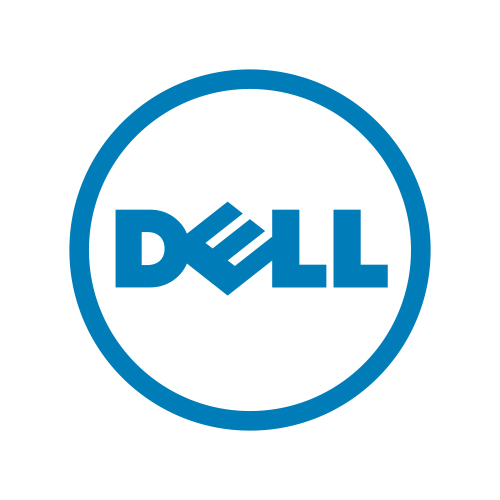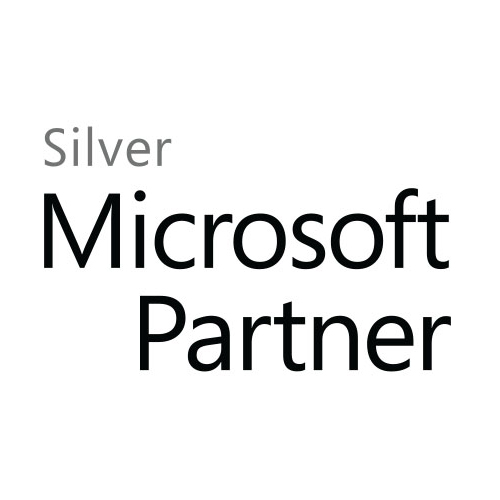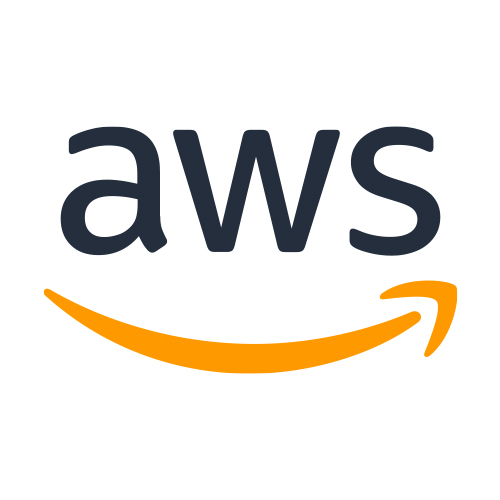The shift towards remote work has led to the rise of global remote teams that rely on digital tools, cloud services, and virtual platforms to collaborate and operate. As companies extend their workforce across different time zones and geographic locations, the need for secure IT solutions has become paramount. In this article, we explore the best practices and technologies that ensure secure IT solutions for global remote teams, helping businesses protect their sensitive data and maintain productivity.

The Growing Demand for Remote Work Solutions
Remote work has become a global norm, with businesses adopting flexible work policies to tap into a broader talent pool and reduce operational costs. According to recent reports, over 30% of the global workforce is now working remotely, and many companies are expected to continue this trend. This transition has made businesses more dependent on IT solutions to connect teams, manage workflows, and ensure data security. However, as remote teams operate from various locations, they face unique challenges when it comes to securing their IT systems. With employees accessing company data from personal devices, public networks, and unsecured locations, the risk of cyberattacks and data breaches has increased significantly. Therefore, adopting secure IT solutions is not just a precaution but a necessity for businesses that rely on remote teams.The Importance of Cybersecurity for Remote Teams
Cybersecurity has become one of the top priorities for companies with global remote teams. With the rise of cyberattacks targeting remote workers, businesses must ensure that their systems, networks, and data are secure from threats. Cybercriminals are increasingly targeting remote teams, exploiting vulnerabilities such as weak passwords, unsecured Wi-Fi connections, and outdated software. To protect global remote teams, businesses need to implement robust cybersecurity strategies that safeguard sensitive information and prevent unauthorized access. A multi-layered approach to cybersecurity, incorporating various tools and protocols, is essential for creating a secure working environment. This includes encryption, multi-factor authentication (MFA), endpoint protection, and real-time threat monitoring.Implementing VPNs for Secure Connections
One of the most effective ways to secure remote connections is by implementing Virtual Private Networks (VPNs). A VPN creates a secure, encrypted tunnel for remote workers to access the company’s network, preventing hackers from intercepting data transmitted over public or unsecured networks. VPNs ensure that remote workers can access sensitive company data safely, even when using public Wi-Fi or working from locations with weak security protocols. For global remote teams, VPNs offer the added benefit of protecting team members across different time zones and regions. VPNs ensure that every employee, regardless of location, can securely access company resources, ensuring a uniform level of security across the team. When selecting a VPN solution, businesses should ensure that the service offers strong encryption, a no-logs policy, and high performance to minimize disruptions to workflow.Endpoint Protection for Remote Devices
As remote workers use various devices, such as laptops, smartphones, and tablets, ensuring the security of these endpoints is critical. Endpoint protection software helps protect devices from malware, ransomware, and unauthorized access, ensuring that all devices connecting to the company network are secure. Remote teams are particularly vulnerable to cyberattacks on their endpoints because they may be using personal devices or devices with outdated security patches. Endpoint protection solutions provide businesses with the ability to monitor, detect, and respond to potential threats on all connected devices. These solutions also enable businesses to enforce security policies, such as encryption and device tracking, to mitigate the risk of data theft or device loss.Cloud Security for Distributed Workforces
Cloud computing has become a cornerstone of remote work, offering flexibility and scalability for businesses that need to store data and run applications remotely. For global remote teams, cloud services allow seamless collaboration, data sharing, and communication between team members spread across different locations. However, cloud-based solutions introduce their own set of security challenges. Cloud environments can be vulnerable to data breaches, unauthorized access, and insecure APIs. To ensure the security of cloud systems, businesses must implement strong access controls, data encryption, and continuous monitoring. Cloud service providers often offer built-in security features, but companies should also implement their own security measures, such as identity and access management (IAM) and encryption at rest.Multi-Factor Authentication (MFA) for Stronger Access Control
One of the most effective ways to secure user accounts and data is by implementing multi-factor authentication (MFA). MFA adds an extra layer of security by requiring users to provide two or more forms of verification before accessing sensitive data or systems. This could include something the user knows (a password), something the user has (a mobile device), or something the user is (biometric data). For global remote teams, MFA is a crucial tool for ensuring secure access to company resources. It helps mitigate the risk of compromised passwords and reduces the likelihood of unauthorized access. Businesses should enforce MFA across all critical systems, such as email, cloud storage, and internal applications, to protect sensitive information.Regular Security Training for Remote Workers
Human error is one of the leading causes of cybersecurity breaches. Remote workers, especially those unfamiliar with cybersecurity best practices, are vulnerable to phishing attacks, social engineering, and other tactics used by cybercriminals. Providing regular security training is essential to mitigate these risks and ensure that all team members understand how to protect company data. Training should cover topics such as recognizing phishing emails, creating strong passwords, using secure networks, and reporting suspicious activities. By educating remote workers on the importance of cybersecurity, businesses can reduce the likelihood of data breaches and ensure that their remote teams remain vigilant against cyber threats.Data Encryption for Sensitive Information
Data encryption is one of the most effective ways to protect sensitive information during transmission and storage. Encryption ensures that even if data is intercepted by hackers, it cannot be read or used without the proper decryption keys. For global remote teams, encryption is essential when transmitting sensitive company data over the internet or storing it in the cloud. Businesses should implement end-to-end encryption for communications, file sharing, and cloud storage to ensure that data remains secure. Encryption should be applied not only to documents and emails but also to voice and video communications, which have become integral to remote team collaboration.






